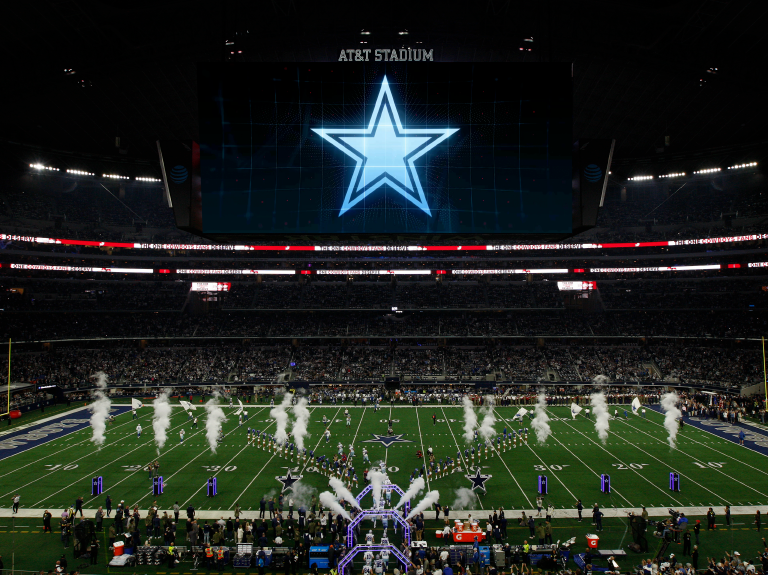Developers break new ground at AT&T Business Hackathon with Magic Leap
I’m a solid believer that the future will be “Phygital” – where we seamlessly combine the physical and digital worlds.
The phygital experience gained popularity on social media platforms – like being able to superimpose an animal nose and ears on your head. As we’ve incorporated other cutting edge technologies like 5G, we’ve been able to expand the phygital world even further. Now you can perform a touchdown dance with a 3D digital version of a Dallas Cowboys player at AT&T Stadium.
But entertainment isn’t the only area where this technology has possibilities. In fact, last weekend AT&T Business decided to push the limits to see how we could make the phygital world work for business by combining spatial computing with our ultra-fast 5G millimeter wave technology at our inaugural AT&T Business Hackathon with Magic Leap.
AT&T welcomed 20 incredibly talented software development teams to the AT&T Foundry in Plano, Texas, to put their skills to the test. Competing for $10,000 in total prizes, caffeine-infused teams worked around the clock over the weekend to create business applications using the spatial computing power of Magic Leap One.
If you’re not familiar with Magic Leap One, it’s absolutely amazing technology. If you see the hardware from across the room, you might think virtual reality goggles. But on close inspection, they are smaller, sleeker and less obtrusive. And when you put them on, you quickly realize they are something quite different.
Magic Leap One is actually a spatial computer in the form of a lightweight, wearable device that enables you to see and interact with digital content in the world around you while also seeing your actual physical surroundings!
Signing up for the contest were software developers from Canada, Mexico, The Netherlands and all over the United States representing individuals, start-ups, professional development firms and four college teams from the University of Texas-Dallas, Southern Methodist University, the University of North Texas and the University of Oklahoma.
Starting on Friday evening and working virtually nonstop Saturday until the awards ceremony on Sunday, we saw developers create applications to improve businesses in a number of key areas: healthcare, retail, finance and manufacturing. And the results were amazing – and a key glimpse into how this technology will be woven into the fabric of businesses that we interact with every day.
As an example – the $5,000 grand prize went to a group called PharmaLeap, which created an application to help pharmacies deliver the right medicine to the right patients. Here’s how it works: Wearing the Magic Leap One, the pharmacy technicians can easily and more quickly find the right medication among the hundreds (or thousands) available on their shelves. The spatial computing application also makes more certain that the right number of pills are being dispensed. In addition, using the high speeds and lower latency of the AT&T 5G technology, the application would be able to help quickly identify markers on the pills to further ensure that the correct medication is being provided.
That’s a win-win! The application increases efficiency for the business and may help enhance patient safety!
This is an incredible time for technological convergence. The opportunities for business are almost endless when combining the best of spatial computing, 5G, edge compute, artificial intelligence and Internet of Things.
We are at the dawn of a new decade where creative developers – like the ones at the AT&T Business Hackathon – are breaking new ground for business transformation.





